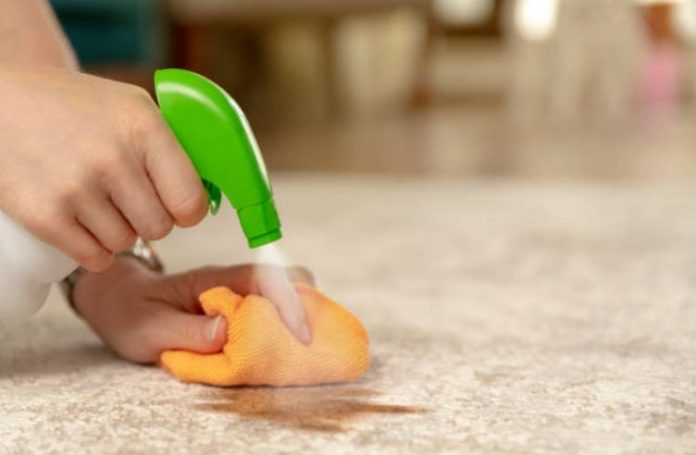Day-to-day life will expose your clothing to many potential clothes-ruining substances. Some stains will be relatively easy to remove, while others will take multiple steps. For all these potential solutions for removing stains, test a small hidden area to ensure the fabric will not be adversely affected.
1. Removing Red Wine Stains
Stains from wine can effortlessly transfer onto your clothes if someone accidentally knocks on your arm while holding a glass of wine. One highly recommended way of removing a red wine stain is with the following “recipe”:
. One Part Hydrogen Peroxide
. One-Part Dawn Dish Washing Liquid
. Spray or dab onto the stain, let sit, and then launder as usual. Be sure to test a small hidden area first, as hydrogen peroxide can bleach out the color of some garments.
2. Removing a Lipstick Stain
Accidentally sharing lipstick while getting ready for work or on a romantic outing can have upsetting outcomes. Removal of this type of stain is possible, though. One recommended way to remove a lipstick stain is to use rubbing alcohol. Dab at the stain with a white cloth wet with rubbing alcohol. Be sure to dab at the color, as rubbing tends to ground the paint.
The next step is to use your finger and gently rub the lipstick stain with dishwashing detergent. If the stain has been there for a while, consider using a commercial stain stick as the next step in removing this type of stain. Finally, wash the garment as you usually would.
3. Removing Dried Glue from Clothing
If the glue is water-soluble, like Elmer or most wood glues, soaking the garment in cool water will help remove the glue. For waterproof glues, using rubbing alcohol will help remove the dried-in mess. You can remove fingernail glue by using acetone-based fingernail polish. Be sure to test the fabric in an inconspicuous area first, as some materials do not react well to acetone.
Hold a white absorbent towel behind the stain and saturate the area where the dried glue is. The cloth will absorb most of the acetone, and the rest will quickly evaporate. After using any of these products, follow your regular washing routine to remove glue from the clothing.
4. Removing a Tomato-based Based Stain from Fabric
In homes where kids reside, tomato stains are a prevalent form of scars. The protocol for removing tomato-based stains is as follows:
. Rinse the fabric from the back side of the material to help force the tomato back out of the fabric.
. Gently rub liquid detergent into the stained area. Applying a gentle bleaching substance like hydrogen peroxide or white vinegar can eradicate stains for either white fabric or resistant to color fading. Next, rinse it very well. You may have to repeat these steps several times until the stain is gone or just about gone.
. Apply a commercial removal treatment to the spot and let sit for the recommended time on the label.
. After cleaning the clothes as you typically would, examine if the mark is still present before using the dryer.
Drying the garment before the stain is gone could result in a blemish that is next to impossible to remove. If you can still see the stain, follow the same steps again until you achieve the desired outcome.
5. Removing Point Pen Marks on Fabric
As simple as this sounds, the feedback about using milk to remove ballpoint pen marks on fabric has been highly favorable. Soak part of a dish towel with milk and then rub across the spot where the ballpoint pen is. Repeat until the ballpoint pen marks are gone. Wash the garment as you usually would.
6. Removing Blood Stains from Fabric
The best way to remove blood stains from fabric is with hydrogen peroxide. The bleaching action helps to release the blemish. Be sure to test for colorfastness before using on colored fabrics, or dilute the hydrogen peroxide with a bit of water and apply with a cotton swab.
Rinsing will help prevent too much of the bleaching action on colored material. The hydrogen peroxide will work on fresh blood stains and dried-in ones.The dried blood stains may be a bit more challenging to remove, but it is still possible to regain the original look of your garment.

